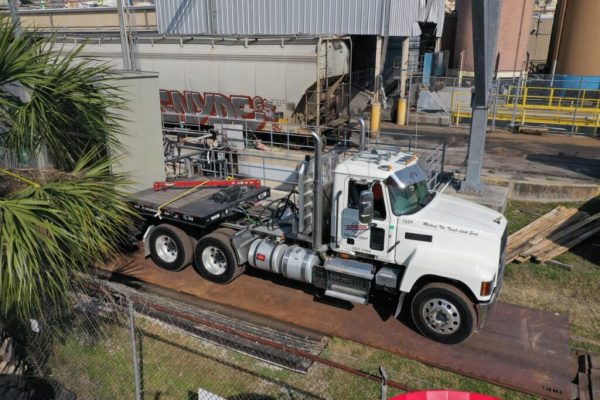The Best Transport for Heavy Goods: A Comprehensive Guide
2 min read
Transportation of heavy goods is a crucial aspect of many industries, including construction, manufacturing, and logistics. Choosing the right type of transport can make a significant difference in terms of cost, efficiency, and safety. In this article, we will explore the various types of transport used for carrying heavy goods and help you make an informed decision.
- Trucks
Trucks are the most common type of transport used for carrying heavy goods. They come in various sizes and configurations, from small pickup trucks to large articulated lorries. Trucks are versatile and can transport goods over short and long distances. They are also ideal for transporting goods to remote or difficult-to-reach locations.
- Trains
Trains are an excellent option for transporting heavy goods over long distances. They are more fuel-efficient than trucks and can carry a large volume of goods. Trains are also ideal for transporting goods that are not time-sensitive, such as raw materials or bulk goods.
- Ships
Ships are the preferred mode of transport for transporting heavy goods over long distances, especially for international trade. They can carry a vast amount of goods and are more fuel-efficient than trucks or planes. However, shipping can be slower than other modes of transport, and there may be additional costs associated with loading and unloading goods at ports.
- Airplanes
Airplanes are the fastest mode of transport for carrying heavy goods. They are ideal for transporting time-sensitive goods, such as perishable goods or urgent shipments. However, air transport can be expensive, and there are restrictions on the size and weight of goods that can be transported.
In conclusion, the choice of transport for carrying heavy goods depends on various factors, such as the distance, volume, weight, and urgency of the shipment. Each mode of transport has its advantages and disadvantages, and it is essential to consider these factors before making a decision. By choosing the right type of transport, you can save costs, improve efficiency, and ensure the safety of your goods.
